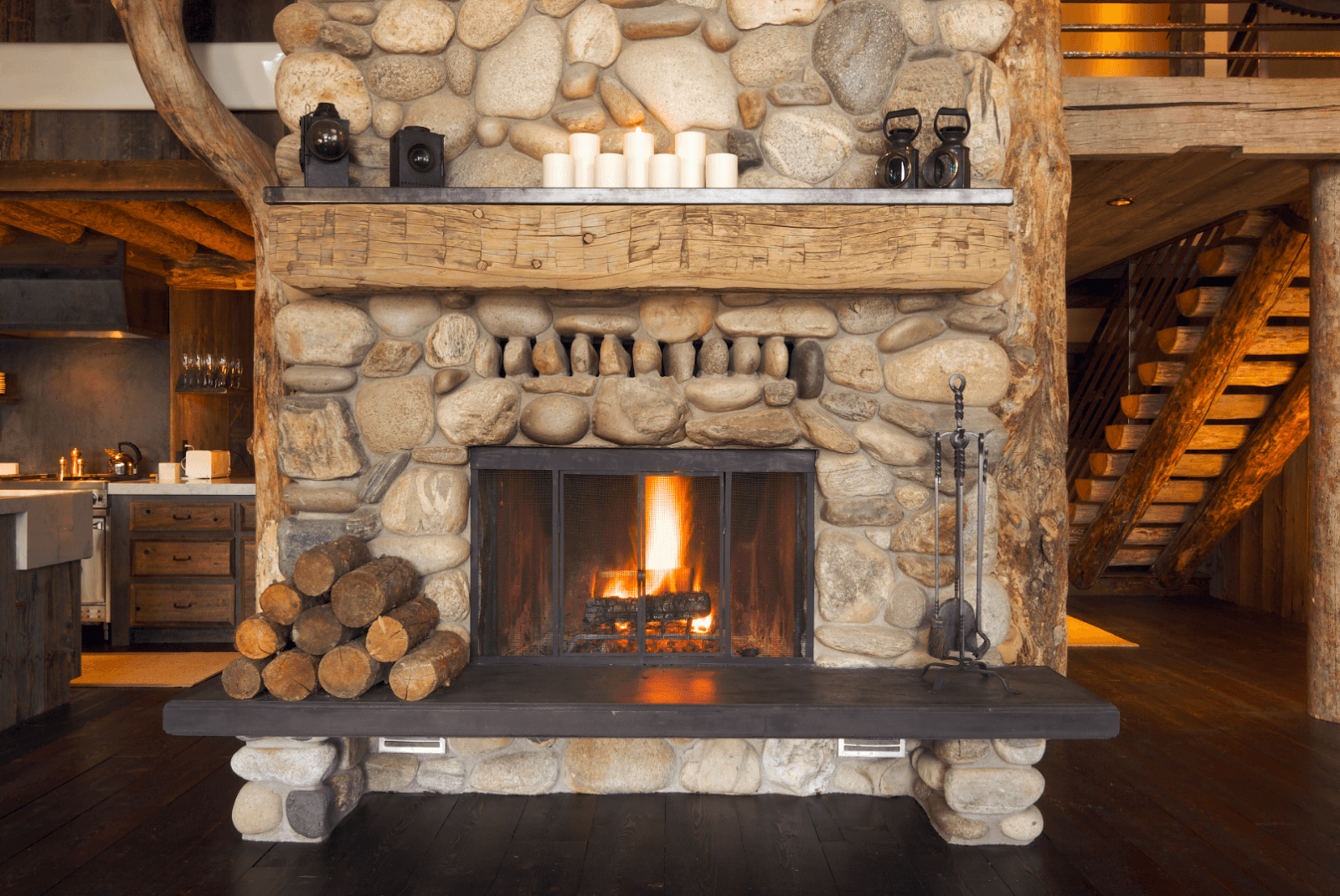Firewood vs. Electric Heating: A Cost Comparison for Winter Heating

Choosing Between Firewood and Electric Heating: A Winter Cost Breakdown
As winter approaches, many homeowners in the UK are faced with the challenge of rising heating costs. With energy prices fluctuating, it’s essential to explore different heating options to manage expenses effectively. This article will compare the costs associated with firewood and electric heating systems, providing insights into which option may be more economical for your home during the colder months. Understanding these financial implications is crucial for homeowners looking to make informed decisions about their heating methods.
Cost Comparison: Firewood vs. Gas and Electric Heating
- Cost of Firewood
- Firewood typically costs around 4 pence per kWh when burned in an efficient wood stove, which is significantly cheaper than both gas and electricity. For example, if a household uses approximately 3 to 4 cubic metres of seasoned hardwood firewood during winter, the total cost can range from £390 to £560 for the season.
- Gas Heating Costs
- The average cost of gas is approximately 6 pence per kWh. For a medium-sized home consuming about 12,000 kWh annually, this results in an annual gas bill of around £880. As gas prices continue to rise, many households are looking for more economical alternatives.
- Electric Heating Costs
- Electric heating is considerably more expensive, averaging around 24.5 pence per kWh. For the same medium-sized home, this can lead to an annual electricity cost of approximately £868, making it less favourable compared to both gas and firewood options.
Efficiency of Wood Burning
- Wood-burning stoves have an efficiency rating of around 75% for clean-burning models, meaning they convert a significant portion of the wood’s energy into usable heat. This efficiency allows homeowners to get more heat for their money compared to electric heating systems, which often have lower heat outputs relative to their energy consumption.
Financial Implications
- Homeowners who switch to wood heating report substantial savings. For instance, one family noted that their heating bills decreased by about 25% after installing a wood-burning stove, allowing them to turn down their central heating system. Additionally, many users find that using wood for heating provides consistent and comfortable warmth throughout their homes.
Environmental Considerations
- Beyond cost savings, wood heating is also seen as a more sustainable option. While burning wood does release CO2, it is part of the natural carbon cycle—trees absorb carbon dioxide during their growth, making wood a renewable resource when sourced sustainably
Cost Comparison Table
| Heating Method | Average Cost per kWh | Winter Season Consumption (kWh) | Winter Season Cost (£) |
| Gas | 6.0 pence | 12,000 | £880 |
| Electricity | 24.5 pence | 2,900 | £868 |
| Firewood (3-4 m³) | Approx. £130-140/m³ | N/A | £390 – £560 |

Additional Benefits of Burning Firewood
Burning firewood, particularly hardwoods like olive, and oak, not only offers cost-effectiveness but also provides numerous additional benefits that enhance the overall heating experience.
Environmental Considerations
Burning wood is often viewed as a more environmentally friendly option compared to fossil fuels like gas and electricity generated from non-renewable sources. When sourced sustainably, wood is considered carbon-neutral; the carbon dioxide released during combustion is roughly equivalent to the amount absorbed by trees during their growth. This cycle makes wood a renewable energy source that can help reduce overall greenhouse gas emissions when managed responsibly.
Key environmental benefits include:
- Reduced Carbon Emissions: The carbon emitted from burning wood is significantly less than that from fossil fuels, particularly coal. When wood is burned, it releases only the carbon that was absorbed by the tree during its life cycle, contributing to a balanced carbon cycle.
- Sustainable Sourcing: Many firewood suppliers practice sustainable forestry, ensuring that for every tree felled, new trees are planted. This practice not only maintains forest health but also enhances biodiversity.
Reliability and Comfort
Wood burning offers several advantages in terms of reliability and comfort:
- Power Outages: In areas prone to power outages during winter storms, wood-burning stoves provide a reliable source of heat. Homeowners can maintain warmth without relying on electricity or gas supplies.
- Cosy Atmosphere: The aesthetic appeal of a crackling fire creates a warm and inviting atmosphere in any home. The flickering flames and comforting heat contribute to a sense of well-being during the cold winter months.
Aromatic Benefits
In addition to its practical advantages, burning hardwoods like olive, cherry, or oak provides a pleasant aroma that enhances the ambience of your home. The unique scents released when these woods are burned can create a warm and inviting atmosphere:
- Olive Wood: Emits a subtle and delightful fragrance that adds character to your living space.
- Cherry Wood: Known for its sweet and fruity scent, making it a favourite among those who appreciate pleasant aromas.
- Oak: Offers a rich, earthy aroma that evokes memories of cosy evenings by the fire.
Dual Functionality
Moreover, many modern wood burners can double as cooking stoves, allowing you to prepare meals while enjoying the warmth of your fire. This dual functionality not only cuts down on additional cooking costs but also enhances your overall winter experience by combining heating and cooking in one efficient appliance.
Conclusion
In summary, burning firewood presents numerous benefits beyond cost savings. Its environmental advantages, reliability during power outages, and the cosy atmosphere it creates make it an appealing choice for homeowners. Additionally, the aromatic qualities of hardwoods and their potential for dual functionality further enhance the value of using firewood as a primary heating source during winter months.
Stay Warm This Winter: Stock Up on Premium Wood Burner Logs Today!
Looking to keep your home warm and cosy this winter? At Kent Charcoal & Firewood Ltd, we offer high-quality Wood Burner Dry Logs that are perfect for your wood-burning stove. Our kiln-dried firewood ensures maximum efficiency and a clean burn, providing you with the heat you need while minimizing smoke and emissions.
Why Choose Our Wood Burner Dry Logs?
- High Efficiency: Our logs are seasoned and dried to ensure they burn hotter and longer.
- Sustainable Sourcing: Our firewood is sourced responsibly, ensuring you’re making an eco-friendly choice.
Don’t let the winter chill catch you off guard! Order your Wood Burner Dry Logs today from Kent Charcoal & Firewood Ltd and enjoy the warmth and comfort of a crackling fire in your home. Visit our website to place your order now!
-

Kiln Dried Hardwood Logs Bulk Bags
Price range: £169.00 through £299.00 Select options This product has multiple variants. The options may be chosen on the product page -

Wood Burner Dry Logs Bulk Bags
Price range: £154.00 through £269.00 Select options This product has multiple variants. The options may be chosen on the product page -

Kiln Dried Hardwood Logs
Price range: £24.99 through £259.00 Select options This product has multiple variants. The options may be chosen on the product page -

Wood Burner Logs
Price range: £22.00 through £249.00 Select options This product has multiple variants. The options may be chosen on the product page